I thought this would be cool when playing video games, which it is!
In this article I will explain a simple way for detecting the most common color in an image using Python.
Note: This article describes my method that I came up with for fun. It is not "the right way" to do this, the fastest, or most efficient. But it is simple!
Pixels
An image is made up of individual pixels. Each pixel is a color.To find the most common color we can simply loop through every pixel, get the color, and keep a count of how many times the color appears.
I found an issue where for instance the color green and just barely slightly darker green are technically two different colors.
I couldn't see the difference between these two colors though, so I want them to be counted as a single color.
I need similar colors to be counted together because there are too many possible colors.
RGB
A color can be represented in RGB. RGB stands for RED GREEN BLUE.An integer from 0 through 255 is used to represent R, G, and B. e.g.
255, 7, 125. There are 16,777,216 total possible colors represented by RGB.
0 is no color (i.e. black) and 255 is all color.
0, 0, 0 would be black and 255, 255, 255 would be white. So
0, 0, 255 would be no red, no green, and all blue. 0, 0, 254 would be just slightly darker blue, but not even perceptible. Allowed RGB Values
What I decided to do was to create a set of "allowed" integers for R, G, and B.I would then look at the actual integer, determine which allowed integer it was closest to, and change it to that.
This integer "snapping" technically changes the color of the pixel, but it greatly reduces the possible colors that can occur.
The pixels almost always still represent the correct color so determining the most common color is much simpler.
A decent set of evenly distributed allowed integers is
[255, 223, 191, 159, 127, 95, 63, 31, 0]. This reduces our total possible color count to 729.
Let's say we have two pixels
254, 120, 5 and 250, 126, 20. After we snap the integers we get
255, 127, 0 for both pixels. We took two technically different colors and made them the same so they are counted together.
If you're looking for "color" you can also remove black, white and gray, from the count.
Python Script
Let's take a look at the code.This is a simple straight forward script that can be read from top to bottom.
The Pillow library handles working with the images.
pip install pillow
import os
from PIL import Image
# Open image and get data
image_path = r"IMAGE_PATH.jpg"
img = Image.open(image_path)
width, height = img.size
# The RGB values we will "snap" to
colors = [255, 223, 191, 159, 127, 95, 63, 31, 0]
original_color_count = {}
color_count = {}
# Loop through every pixel in the image and modify it
for w in range(width):
for h in range(height):
current_color = img.getpixel((w, h))
if current_color in original_color_count:
original_color_count[current_color] += 1
else:
original_color_count[current_color] = 1
r, g, b = current_color
r_set = False
g_set = False
b_set = False
# Loop through our allowed values and find the closest value to snap to
for i in range(len(colors)):
color_one = colors[i]
color_two = colors[i + 1]
if not r_set:
if color_one >= r >= color_two:
distance_one = color_one - r
distance_two = r - color_two
r = color_one if distance_one <= distance_two else color_two
r_set = True
if not g_set:
if color_one >= g >= color_two:
distance_one = color_one - g
distance_two = g - color_two
g = color_one if distance_one <= distance_two else color_two
g_set = True
if not b_set:
if color_one >= b >= color_two:
distance_one = color_one - b
distance_two = b - color_two
b = color_one if distance_one <= distance_two else color_two
b_set = True
if all((r_set, g_set, b_set)):
break
# Set our new pixel back on the image to see the difference
new_rgb = (r, g, b)
img.putpixel((w, h), new_rgb)
if new_rgb in color_count:
color_count[new_rgb] += 1
else:
color_count[new_rgb] = 1
# Save our new image
filename, file_extension = os.path.splitext(image_path)
new_path = "{}_new{}".format(filename, '.png')
img.save(new_path)
# Count and sort the colors
all_colors = color_count.items()
all_colors = sorted(all_colors, key=lambda tup: tup[1], reverse=True)
# Print out the colors
print("## All Colors ##")
for i in range(10):
print(all_colors[i])
# Remove black, white and gray
print("\n## All Colors Filtered ##")
filtered_colors = [color for color in all_colors if not color[0][0] == color[0][1] == color[0][2]]
for i in range(10):
print(filtered_colors[i])
print("")
original_color_count = len(original_color_count)
print("Original Color Count: {}".format(original_color_count))
new_color_count = len(color_count)
print("New Color Count: {}".format(new_color_count))
color_diff = original_color_count - new_color_count
print("Reduced Color Count By: {}".format(color_diff))
Examples
Let's compare the changes using some images that I found on Unsplash.Jungle
Photo by Jacob Plumb on Unsplash https://unsplash.com/photos/UghHZmnJw58
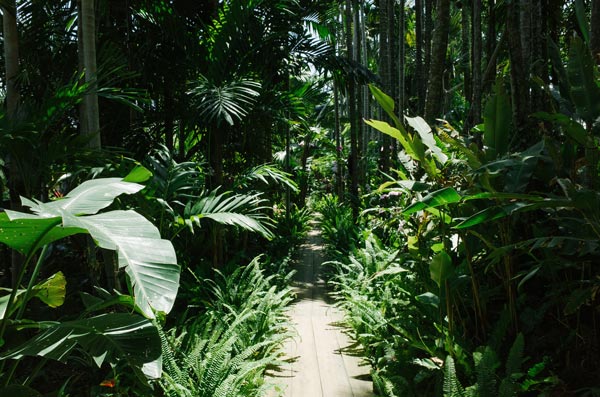
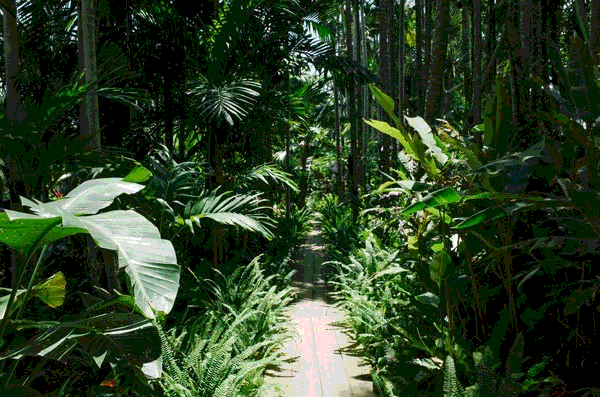
Top 3 Colors
RGB:
0, 31, 0 Count: 61,167 RGB:
0, 0, 0 Count: 36,716 RGB:
31, 31, 31 Count: 23,208 Original Color Count: 62,963
New Color Count: 167
Reduced Color Count By: 62,796
Airplane Cockpit
Photo by JC Gellidon on Unsplash https://unsplash.com/photos/7KFVkL1cV0w
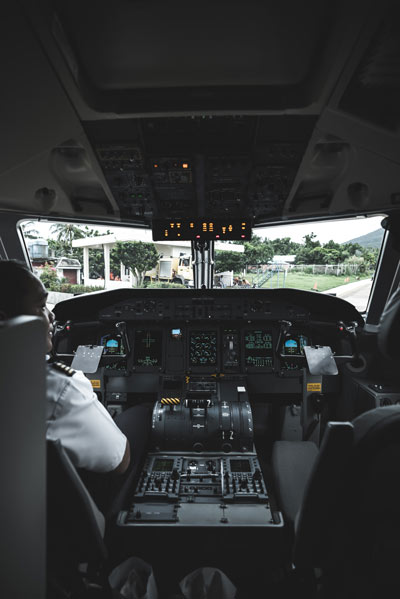

Top 3 Colors
RGB:
31, 31, 31 Count: 166,090 RGB:
63, 63, 63 Count: 28,134 RGB:
255, 255, 255 Count: 4,943 Original Color Count: 21,216
New Color Count: 168
Reduced Color Count By: 21,048
Train Station
Photo by Patrick Schöpflin on Unsplash https://unsplash.com/photos/BnlNjW3AQZ0
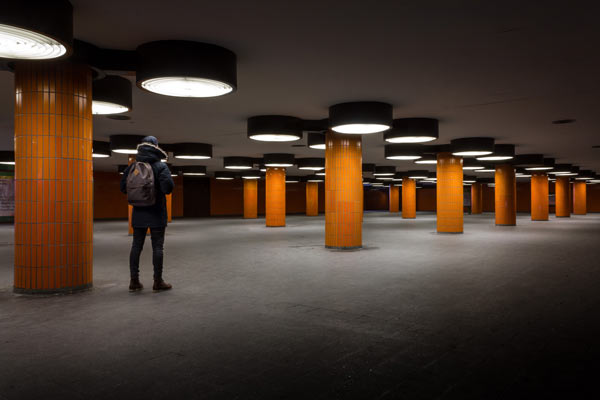
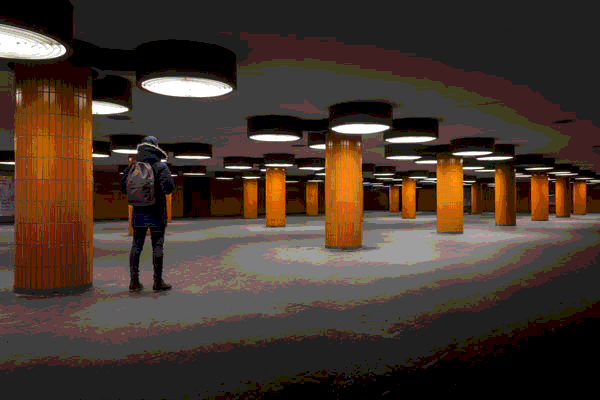
Top 3 Colors
RGB:
31, 31, 31 Count: 57,880 RGB:
63, 63, 63 Count: 29,510 RGB:
0, 0, 0 Count: 27,606 Original Color Count: 31,211
New Color Count: 117
Reduced Color Count By: 31,094
Summary
- Loop through every pixel- Snap the RGB values to a smaller subset
- Count each color
Pillow
Image docs https://pillow.readthedocs.io/en/stable/reference/Image.html 